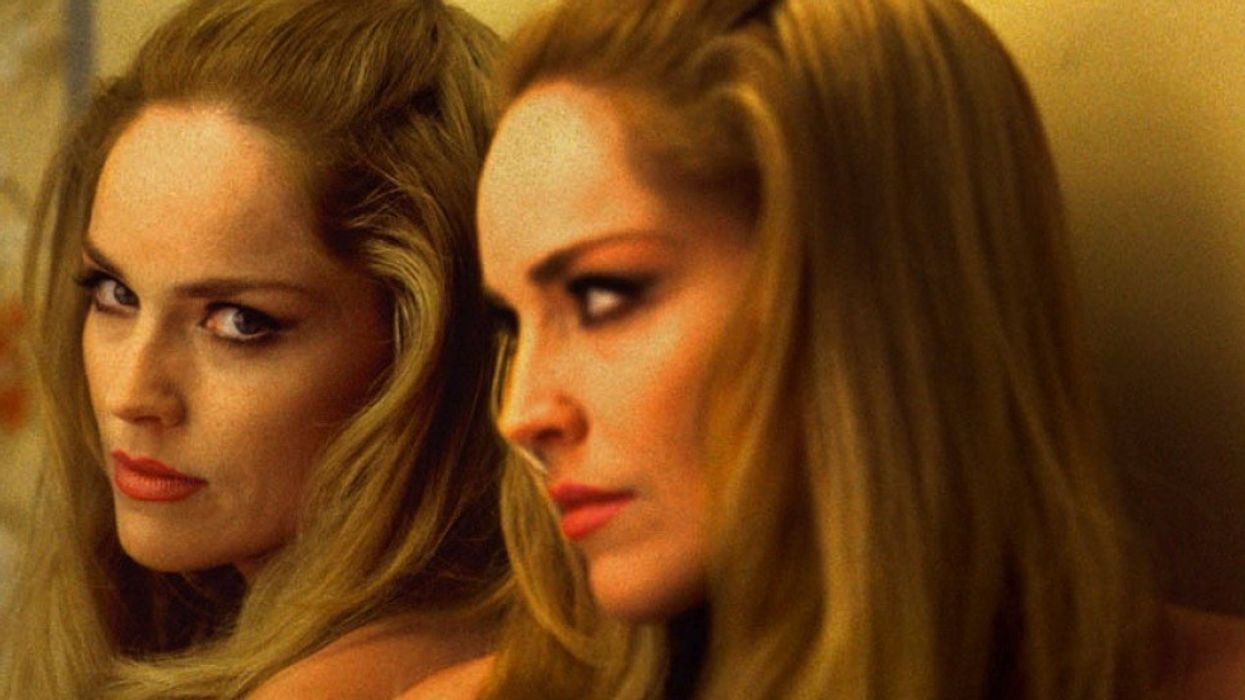When a director as capable as Martin Scorsese makes a film, every one of its dimensions offers so much in terms of education. The editing, cinematography, use of sex and violence, and storytelling in his films have been studied before on NFS, but if you're looking to add a new dimension to your Scorsese expertise, take a second to check out two separate video essays that explore the director's representations of women by cutting together scenes from each of his films.
One of the things I love most about Scorsese's films is the fact that most of his characters always seem to be doomed from the start regardless of their actions, intentions, or redeeming qualities (Travis Bickle, Henry Hill, Billy from The Departed). No one's safe from a machine gun spray in a Scorsese flick.
But, how does Scorsese treat his female characters on-screen? This is a topic that really picked up some steam after the theatrical release of The Wolf of Wall Street with some critics not only arguing that the film marginalized women, but also wondering if his other films shared that common thread.
Here are the two video essays. The first was put together by Nelson Carvajal, and the second by Dina Fiasconaro -- and both videos have different things to say. While Carvajal explores both the idealization/worship and abuse/mistreatment of women in Scorsese's films (read this excellent write-up here), Fiasconaro, who created the video to accompany some academic research, explores his films through specific instances and categories.
Some may watch the videos above and find nothing wrong with Scorsese's representations of women, while others watch them and do. Two things to think about:
- If you've never studied the representation of females in cinema, you should! It's interesting! It'll shed some light onto why disregarding all of the prostitutes and screaming hysterical women in his films may not be so wise.
- Scorsese deals in excess and extremes. It's what he does best. His greatest films depict scenes of great violence, over-the-top greed, and wild personalities, and the fast and hard downfall of his characters is kind of the point of watching a Scorsese flick.
So, does Scorsese marginalize his female characters? I don't know. Maybe -- I'd have to do some research. But what I do know is that he tortures all of his characters, male and female -- and I don't mean just by putting them through violent beatings and shootings. Scorsese creates them to be these larger-than-life characters with personalities and habits that eventually lead to their unhinging. It's one of the greatest parts of Scorsese's cinema.
What do you think about Scorsese's representations of women on-screen? Let us know in the comments below.
Links:
[via Fandor]















